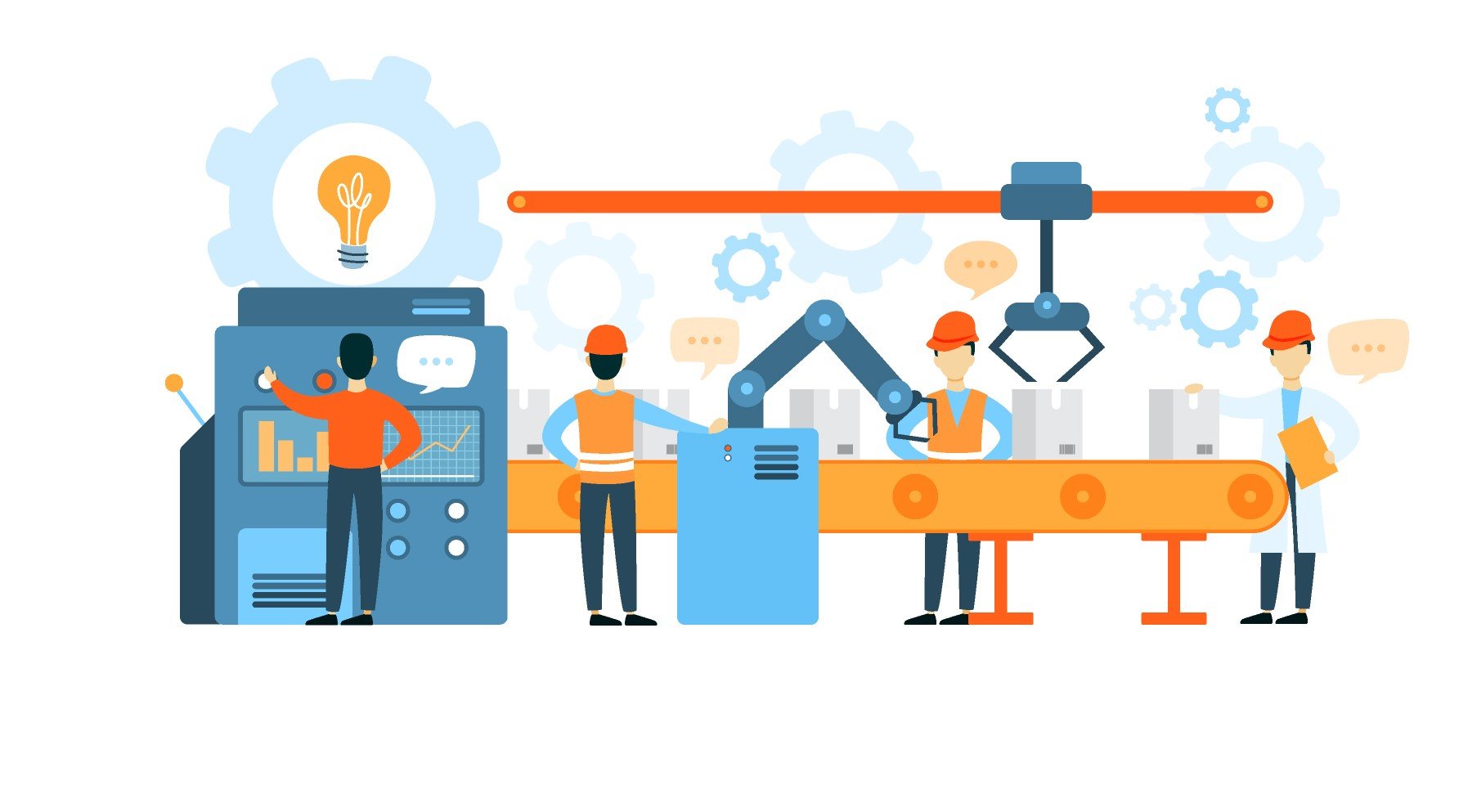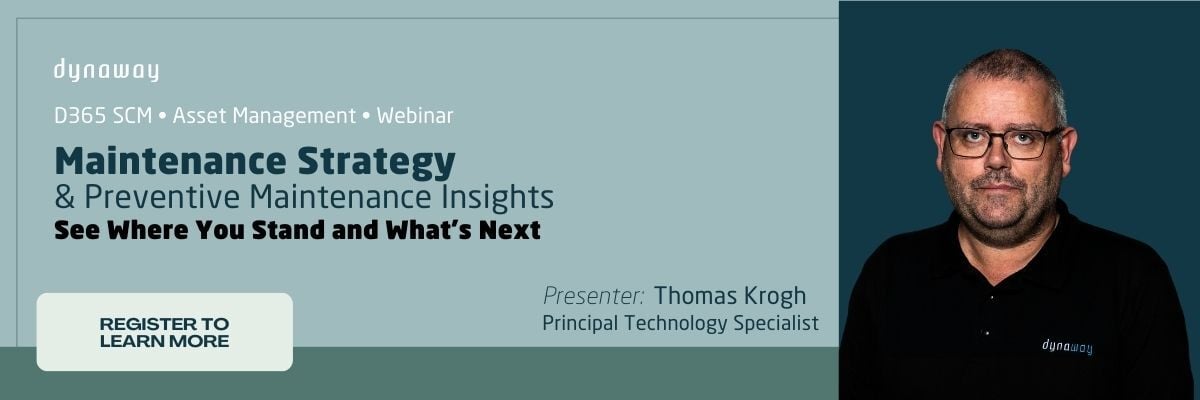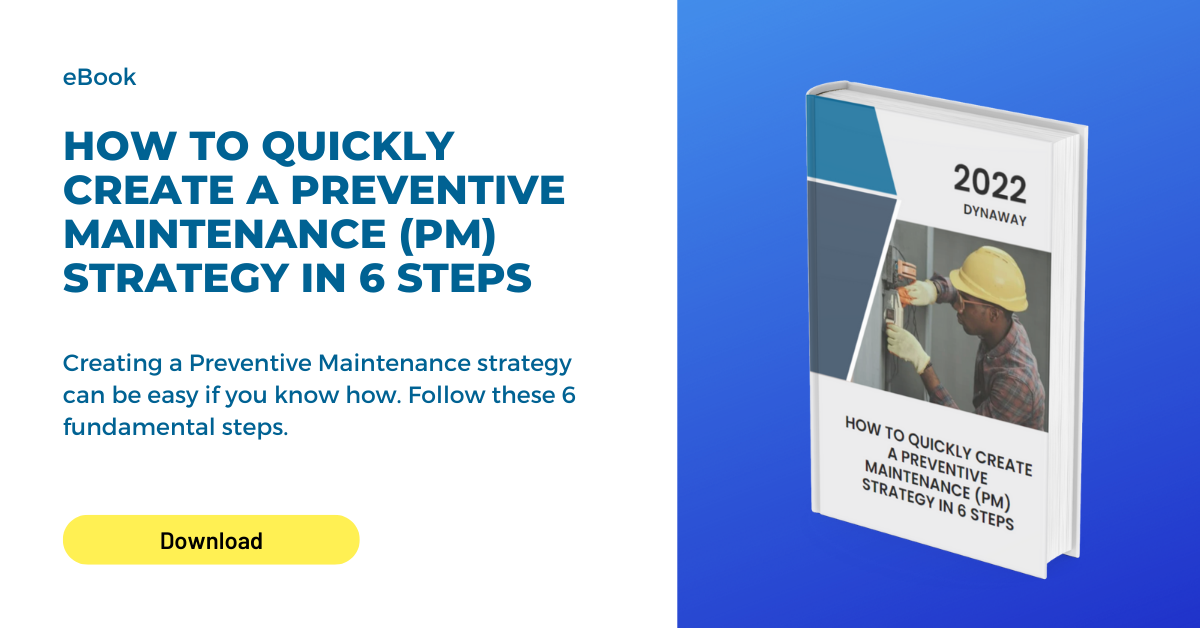
The successful and sustainable implementation of Total Productive Maintenance (also known as TPM) should be a key concern for any conscientious plant manager or production leader. TPM leads to reduced downtime, fewer stops and breakdowns, and a smaller likelihood that products will suffer quality defects during the manufacturing process.
KEY TAKEAWAYS
- Studies have proved the positive correlation between the implementation of TPM program and overall manufacturing performance, specifically, reducing lost production by around 20%.
- The success of TPM program depends, among other things, on training and empowering maintenance team, using data and predictive analytics, and implementing proactive maintenance techniques into the maintenance strategy.
- Implementation of TPM can be divided into 7 stages elaborated below.

Why is TPM such an effective tool? In short, because empowered operators that take an active role in inspecting and maintaining their own equipment will always contribute to improved production and equipment reliability.
Over the years, studies have confirmed the positive correlation between the implementation of a TPM program and overall manufacturing performance. Some findings indicate that a company can reduce lost production by approximately 20% by executing a total productive maintenance plan. Still, one important question arises: How can a company effectively implement TPM? The following information will address that question.
Interested in saving money on Maintenance Costs?
You can access more useful resources and research papers here.
What Total Productive Maintenance Is
By way of review, any TPM program involves at least 8 core concepts that play a large role in determining the ultimate success of the initiative. These 8 concepts are:
-
Autonomous maintenance
This fundamental element of TPM focuses on training and empowering maintenance personnel like machine operators to perform routine maintenance management on their own. -
Focused improvement
This pillar of TPM refers to proactive maintenance techniques: examining a current process in a holistic way, and identifying ways to improve it. -
Planned maintenance
A planned maintenance program leverages historical downtime data and predictive analytics to schedule key maintenance tasks around probable failure rates or anticipated idle times. -
Quality maintenance
The quality maintenance process is designed to ensure that the actual maintenance tasks being performed are efficiently accomplishing the overall objectives of error detection, defect prevention, and quality assurance. -
Early equipment management
Leveraging feedback from operators with practical experience, early equipment management ensures that the design of new pieces of equipment will optimize the machinery's lifespan, accessibility, and productivity. -
Training
Every TPM program should include an element of training and education for operators and managers alike. -
Safety and health
All TPM processes should take into account safety and health factors in order to foster a secure working environment for operators and other employees. -
TPM-oriented administration
Apart from purely mechanical considerations, a well-designed TPM program will also take into account administrative functions such as order processing and schedule management, and look for ways to improve them in support of the production floor.
How to Implement TPM
While a TPM program should be adapted to specific company needs and circumstances, there are 7 basic steps to implement TPM, as listed below:
1. Announce plans for TPM implementation

A successful TPM program can never come about without the support of management from the top down. In many cases, management must overcome resistance to change on the part of operators and other employees and skepticism of the merits of TPM. Clearly announcing your company's intentions and then regularly talking about the benefits of TPM implementation can go a long way towards breaking down those barriers...
2. Identify an area for a pilot TPM program
You could focus on a piece of equipment that would be easiest to improve or a production area that has proven to be problematic and needs to be fixed in order to improve profitability quickly. In this initial stage of the TPM process, identify SMART goals: Specific, Measurable, Attainable, Realistic, and Timed.
3. Focus on restoring targeted equipment to prime working condition
Once your pilot area has been identified, record a baseline standard for current productivity. Organize and define your plan for TPM implementation. Use the 5S methodology (Sort, Set, Shine, Standardize, Sustain). Focus first on executing an autonomous maintenance program, and provide training to equipment operators as needed. Just as a car owner can save a significant amount on repair costs by performing basic routine maintenance, so to companies can extend machine lifespans and identify mechanical issues early on by allowing their operators to regularly participate in basic maintenance procedures
4. Begin to measure Overall Equipment Effectiveness (OEE)
However you decide to keep track of OEE, it is imperative that unplanned stop times are documented, and a reason is given for each occurrence. Provide a category for "unknown cause" or "unallocated stop time" for cases in which the operator is unsure of the stop cause. Over time, this will help you to first identify major loss causes, which in turn leads to step #5:

5. Address Major Loss Causes
In this step, you'll need to designate a cross-functional team of about 4 to 6 employees to investigate one major cause of downtime. This team will create a plan to eliminate the lost cause and schedule a planned stop time to execute this initiative. For instance, if your major losses are coming from frequent filler jams, then this team will examine current operator processes and repair options, create a plan to stop the jams, and then schedule a time to put the plan into action. Once the designated action has been completed, they will measure OEE going forward and restart the process if needed.
6. Implement proactive maintenance
In this step, your focus is on the prevention of breakdowns or stop times. Identify major "pain points" that could cause equipment failure and create a schedule of preventative maintenance over regular intervals. Finally, institute a feedback process that will allow you to continuously monitor your program's effectiveness. This feedback system could include maintenance logs, monthly or bi-monthly audits, and data compilation from thermography and/or vibration analysis.
7. Implement specific TPM concepts as needed
For example, early equipment management should come into play when designing and/or installing new machines for the production floor. Perhaps the design of new equipment should be optimized to include enhanced accessibility, easier cleaning or lubrication procedures, or the addition of safety features. On the other hand, if there are procurement issues or delays in processing work orders, then you should address these administrative bottlenecks as soon as possible.
Leveraging TPM to Improve Maintenance Management
Total productive maintenance is a key element to reducing production losses from downtime. An effective TPM program can empower employees to take proactive measures in the upkeep of vital machinery; this in turn will allow production equipment to enjoy a longer functional lifespan. TPM implementation will also help cut down on quality defects and sub-optimal run times.
There are many tools available on the market, such as Enterprise Asset Management platforms and related programs, that can aid companies in TPM implementation. In the final analysis, while a total productive maintenance plan requires some effort for proper design and execution, the rewards of doing so are well worth the investment!

